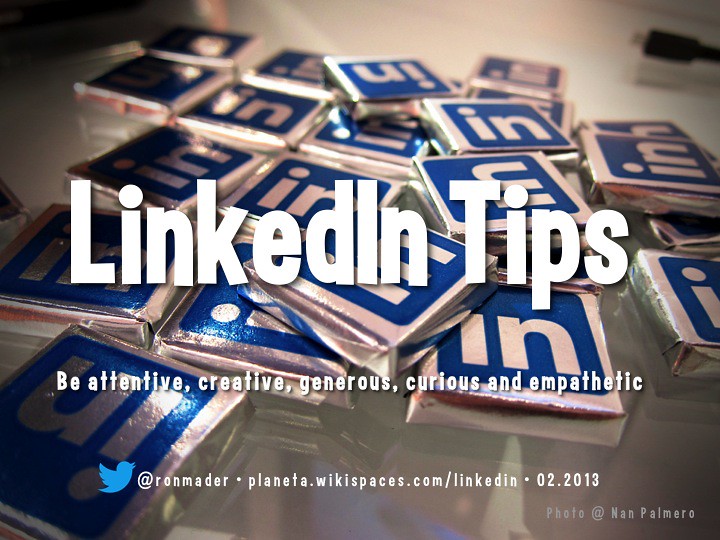Does LinkedIn help you find a job? How does it happen?
It's a universal truth that job searching is the worst. If you’ve been through the process already, you’ve likely had to sit through stuffy interviews, make smalltalk at career fairs, and maybe even print a batch of snazzy business cards. If you have yet to apply for your first real job, then you have all that -- plus the agony of trying to craft the perfect cover letter -- to look forward to.
At some point, you'll probably create a LinkedIn profile to make the process easier. For the unacquainted, LinkedIn is a business-focused social media site all about networking, and basically lets you build a professional version of yourself online. LinkedIn has 330 million users, but -- even though it’s technically a social network -- millennials aren’t exactly flocking to it the way they are to Vine and Snapchat.
But with ever-increasing numbers of hiring managers and recruiters using the site to hunt for job candidates and potential employers routinely checking LinkedIn before they make hiring decisions, it’s worth reviewing your profile to make sure it does you the most good.
LinkedIn is unlike all the other social media sites as it focuses on professional interactions rather than leisurely ones. This focus on business has led it to be less well known, and has lead many people to ask “How does LinkedIn work?”
Image result for linkedin
Learning how LinkedIn works is important to use it in landing a job. Read on to know how to set yourself up properly on LinkedIn and draw the attention of recruiters effectively.
Understanding what LinkedIn is: How it works
One of the major differences that LinkedIn has from other social media sites is that users can choose from four different account types to sign up for:
- Basic account: Free, but has offers limited access to site’s features.
- Premium Career: Designed for job-seekers.
- Premium Business: For businesses.
- Premium Executive: Geared towards company heads.
The type of account that you choose depends on your needs and purposes. In your case, it is to search for jobs. A basic account is a good start, but getting a paid one can help you expand your search. It will also help you connect with more employers and other people who can recommend you.
Another aspect of LinkedIn that makes it distinct from other social media sites is its heavier emphasis on joining groups. These groups are often based around a particular industry, allowing you to connect with important personalities.

- Customize your URL. Your URL (uniform resource locator) is the address of your LinkedIn page on the Web. Customizing it will drive it toward the top of a Google search on your name.
- Write a crisp, detailed summary of your career. Shoot for between 100 and 300 words, and try to tell a compelling story about yourself that includes specifics and quantifiable achievements.
- Flesh out the experience section. This is your chance to write an online résumé. Many people only include their current job. Take the time to list the significant jobs that built your career.
- List your skills. Below Experience and Education you’ll find “Skills & Expertise.” LinkedIn introduced this feature in Feb. 2011, so if you created your profile before then, as I did, you may have never fleshed this out. Take a minimum of 10 minutes and do it.
- Get at least five recommendations. I wrote a separate article about recommendations here.
- Add websites that showcase your work. For a journalist, this is easier than for other types of workers, since our writing gets posted online with ready Web addresses.
- Connect. Connections are the backbone of your LinkedIn profile, and what gives you the strength to network.
There are different views on how aggressively you should increase your list of connections.











No comments